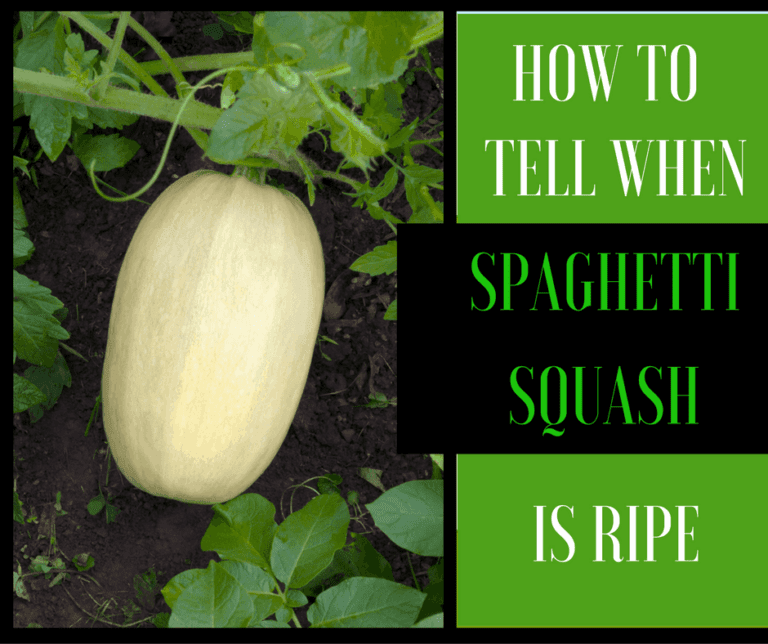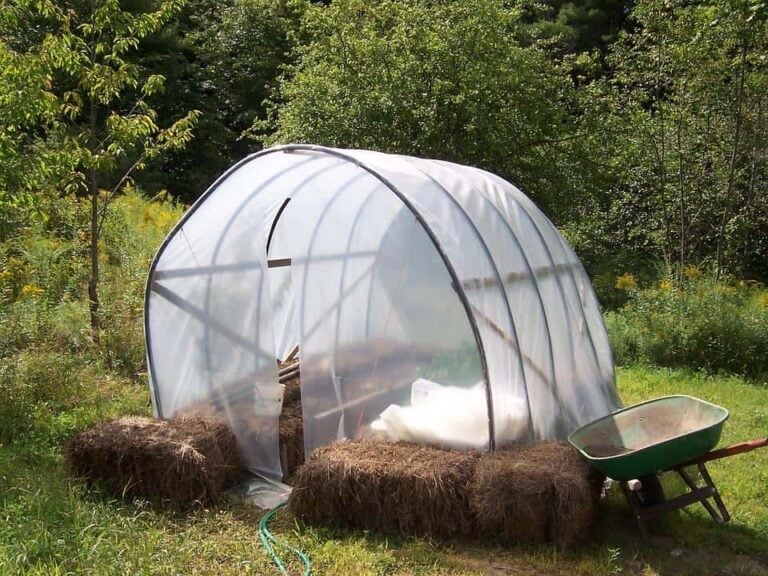Planting Seed Potatoes: Top Tips and Tricks
Planting seed potatoes is the preferred method of planting potatoes because it’s typically faster and easier to prepare and grow them.
To prepare your seed potatoes for planting, cut larger potatoes so that each piece has at least one or two eyes and sprouts. Make sure your soil has the proper acidity level, or add sulfur. Create trenches for your seed potatoes, spacing them at least 12-inches apart.
Place your soil loosely over the top of each potato to create a mound. Every couple of weeks, add more soil on top so your potatoes have constant coverage. Keep them in an area with adequate sun moisture.
Why Plant Seed Potatoes?
Seed potatoes are those planted whole, or in pieces, rather than from the true seed of the potato, which is a green berry-like fruit. Planting seed potatoes generally results in a better all-around crop and they’re fairly easy to plant. Seed potatoes require little maintenance, and it doesn’t get much easier than planting a whole potato.
True seeds typically don’t grow the same potatoes as the mother plant, either. However, a seed potato produces a replica of its mother plant, so it’s easier for gardeners to know exactly what they’re getting from a seed potato.
Check to make sure that the seed potatoes you buy are certified disease-free. You can buy seed potatoes in the grocery store this way, but they aren’t guaranteed to grow well. Unless you buy organic, they may have been treated with chemicals to prevent sprouts from growing, which you need to have to successfully grow a potato plant. You should, instead, consider buying from a reputable farmer or breeder.
Preparing Seed Potatoes
Seed potatoes are excellent choices for the gardener who wants a plant with little maintenance. They don’t even require a lot of preparation before planting.
For optimal growth after planting, choose seed potatoes with at least one or two eyes with sprouts. The more of these you have, the better. Try to avoid planting seed potatoes with several cracks, bumps, or soft spots, as these can be signs of disease. To check further, you can cut a couple of seed potatoes open and examine the insides for redding or dryness in their flesh.
If your seed potatoes have not yet sprouted anything from the eyes, you can jump-start this process yourself. This is known as chitting, or sprouting, the potatoes to prepare them for earlier planting. Allotment Diary explains how to chit your potatoes to sprout them yourself rather than waiting on them to sprout if you are eager to plant them:
Once your seed potatoes have sprouted, you can plant them whole or in smaller pieces. Only plant whole potatoes if they are about the size of an egg or smaller. Larger potatoes need to be cut into chunks to plant.
Make sure each potato piece has a successfully-growing sprout for your potato plant to grow from. Before you plant the cut pieces, you should wait at least a day or more for the cut sides to heal. If you plant them too early, they’ll be at higher risk for rot and disease.
Preparing Soil for Planting Seed Potatoes
Country Farm & Home Supply recommends testing your soil before planting seed potatoes. Although potatoes can usually grow in a variety of conditions, it’s still important to treat them well with prepared soil for maximum growth and yield. Testing your soil first for nutrients and the proper pH levels can prevent future issues for your crop.
But, here are a few guidelines for your soil to yield healthy growth from seed potatoes:
- Trench your soil, keeping the soil you move to place on top of your seed potatoes once planted. Make your trenches several inches deep to give your potato plants room to grow up naturally.
- Keep soil somewhat loose around and on top of your seed potatoes. This allows proper airflow and room for roots to grow.
- Your soil mixture should contain animal manure as fertilizer and a source of acidity, such as sulfur, to prevent rot in aid in the healing of cut potatoes.
- Soil should be at least 45 degrees Fahrenheit when you plant your seed potatoes. Cooler temperatures or much warmer temperatures can kill your crops.
Spacing for Optimal Growth
Your seed potatoes need to have plenty of room to grow, so it’s important to give them the space they need when you plant them. If you created a trench for your seed potatoes, make sure it’s several inches wide.
Your seed potatoes or pieces will need at least 12-inches of space between them and about three feet between each potato row. If you have ample space in your garden, it’s wise to space them even further to allow maximum growth and yield. Doing so ensures that their root systems won’t disturb each other and can result in larger spuds.
After spacing out your seed potatoes, cover them with two or three inches of soil in a mound-like form. This process, known as hilling, aids in proper drainage and weed management.
Caring for Planted Seed Potatoes
Once you begin to see your underground potato plants become unearthed, they’ve grown enough to add more soil on top. Try not to let them get to the point of being exposed, since they need darkness within soil to grow adequately. Every couple of weeks, you should need to add an extra two to three inches of soil on each mound.
Keep your potato plants moist, but not wet. Too much moisture that doesn’t drain well can lead to rot and useless crops. If your potatoes become too dry, they also will die off. Occasional rain is the perfect watering system for potatoes, but if you live in a dry region, you’ll need to manually water them every few days.
Also ensure that your seed potato crops have plenty of sunlight, which should be several hours per day. Consider trimming shrubbery or trees that might be blocking off an adequate sun supply.
Photo by Brendan Riley licensed under CC BY 2.0.






